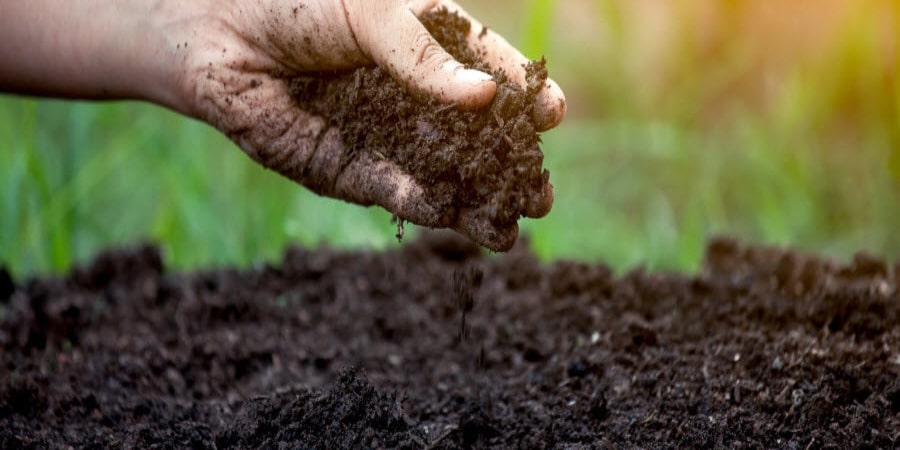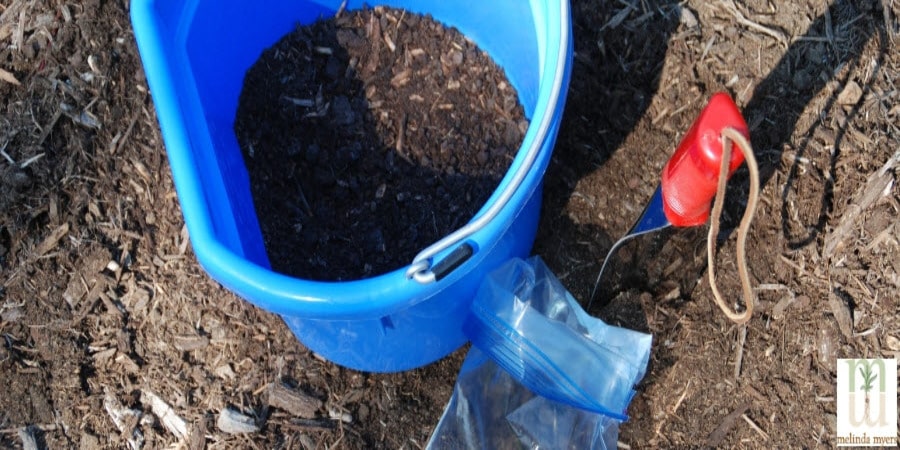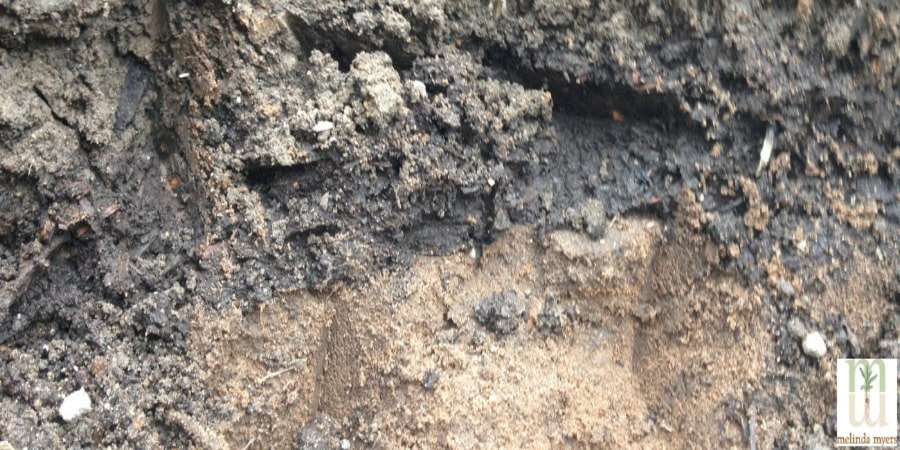How to Create Healthy Soil
- horticulturist and gardening expertSeptember 15, 2018
Let’s be honest; the soil is not the glamorous part of gardening. Even the most avid gardeners seldom drag their friends to the garden to run their fingers through the soil. And if you do, you may have friends and family rolling their eyes or hesitating to return for a second look at the garden.

Soil is, however, key to growing a healthy, productive and beautiful garden.Unfortunately, most of us do not start with plant-friendly soil. Heavy clay, sandy, and droughty soils are much more common. Understanding what you have is the best place to start when creating a healthy soil foundation for new and existing gardens.
Fall is a great time to amend the soil in existing gardens or start a new planting bed. Plant perennials, shrubs and if you are in milder climates, winter annuals in your new or improved garden beds. The cooler fall temperatures and warm soil reduce transplant stress.
Or prepare your garden beds now to plant next season. You’ll be able to get an earlier start and enjoy all the benefits proper soil preparation provides.
Start with a soil test. Contact the local office of your University Extension Service or state certified soil testing lab for details. They can direct you on how to take a soil test and where to send the sample. Skip the do-it-yourself soil testing kits. The results are not as reliable and your money is better spent using a lab that has the staff and equipment to give you more accurate results.
Your soil test results will tell you how much if any, fertilizer, lime, or sulfur is needed. Following soil test recommendations can save you time applying and money spent on unnecessary soil additives. And following the results will increase your gardening success. While you’re waiting for the results you can do a bit of analysis yourself.

Soils are made of clay, sand, and silt particles. The feel and stickiness of this sample will tell you a bit about your soil. Take a handful of soil and create a ribbon by rubbing it through your thumb and index finger to get a feel for your soil type.
Clay Soil: If the soil easily forms a ball or rolls into a sausage shape, feels slippery when wet and smoother when dry you have a high percent of clay in your soil. Soils with a high percent of the very small clay particles are often called heavy soils. They stay wet longer and hold onto soil nutrients. Clay soils are slow to dry out and warm up in the spring. Avoid working them when wet. This leads to compaction and clods you will be contending with all season long.
Sandy Soil: Soils with a larger percent of sand particles don’t form a ball when moist and feel gritty to the touch. The much larger sand particles create bigger pores in the soil for water and nutrients to move through quickly. They tend to be nutrient deficient, fast draining and dry. You will be watering and fertilizing gardens growing in these types of soil more often. They do warm up and dry quickly in the spring.
Silty Soils: Silt feels smooth like flour when dry and soapy slick when wet. They are the middle-sized particles that hold water and nutrients longer than sand but not as much as clay particles. Silty soils drain slower and stay colder longer than sandy soils in the spring. Overworking soils with a high percent of silt leads to crusting and compaction decreasing drainage and water infiltration.

No matter your soil type, organic matter such as compost, aged manure or peat moss is the solution. Incorporating several inches of organic matter into the top 8 to 12 inches of soil will improve the water holding ability of fast draining soil and increase drainage in heavy slow draining soils. Use a shovel or tiller to incorporate amendments into the soil.
Organic matter also increases the infiltration rate so less rainfall runs off the soil surface. This helps keep water where it falls and fertilizers were applied instead of overloading our storm sewers and potentially polluting our waterways.
Compost also promotes healthy plant growth. It provides a variety of essential plant nutrients over a long period of time. Plants growing in soil amended with compost have fewer insect and disease problems and produce more produce and flowers.
Purchase or make your own compost by converting plant debris into a rich soil amendment. Don’t place meat, bones, fat or dairy in your compost pile. These attract rodents. Keep invasive plants, perennial weeds or those gone to seed and diseased or insect-infected material out of the pile. Contact your municipality for any local restrictions or composting guidelines.
Further improve your soil by using Milorganite, a slow release fertilizer with a high percentage of organic matter. The 85% organic matter feeds the soil microorganisms and your plants as it improves all soil types. You get multiple benefits with Milorganite. Plus it won’t damage new or established plantings, even if the weather turns hot and dry.
So as you plan your new landscape additions this fall, include testing and amending the existing soil into your plans. Understanding your soil can help you create a strong foundation important to the health, longevity, and beauty of your gardens and landscapes.

